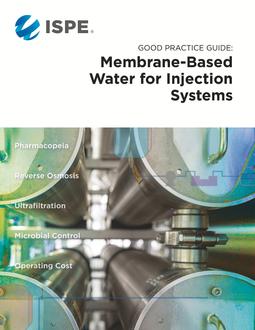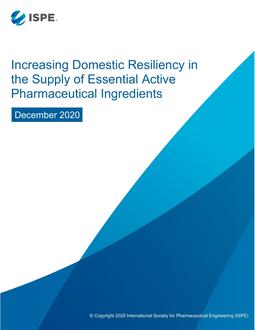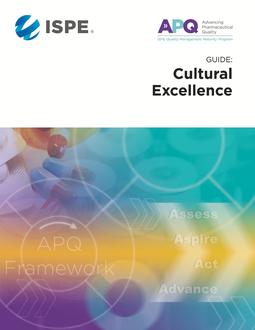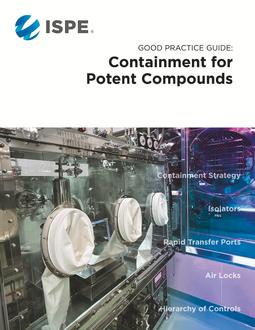
This Guide is intended to provide industry guidance from water systems SMEs through the challenges of uneventfully making WFI using membrane-based processes. The traditional distillation and hot distribution processes consume considerable energy and, because of that, have a large carbon footprint that needs to be reduced. The problem with using less energy-consumptive and more cost-effective processes is that it means avoiding the use of large quantities of heat that are well-known through decades of experience to be associated with the best microbial control approaches available because of its lethality and prevention of microbial growth (biofilm development) in WFI distribution systems.
This Guide provides guidance on the design, operation, maintenance, and quality aspects of membrane-based WFI systems. For anyone involved with water systems, especially WFI for the first time, the ISPE Baseline® Guide: Volume 4 – Water and Steam Systems (Third Edition) [5] is considered a primer for this Guide. Some recommendations in this Guide may appear inconsistent or contradictory to the Water and Steam Baseline Guide. These topics have been revisited in consideration of the acceptance of alternatives to distillation. This Guide reflects the expectations for membrane-based WFI generation and ambient storage and distribution systems at the time of publication.
The topic of rouging, while applicable to membrane-based WFI systems, is outside the scope of this Guide. For detailed information regarding rouging in WFI systems, refer to Chapter 10 of the Water and Steam Baseline Guide [5].
Computerized system lifecycle is outside the scope of this Guide. Refer to ISPE GAMP® 5: A Risk-Based Approach to Compliant GxP Computerized Systems [6].
Product Details
- Published:
- 05/25/2022
- ISBN(s):
- 9781946964564
- Number of Pages:
- 196
- File Size:
- 1 file , 6 MB
- Note:
- This product is unavailable in Russia, Belarus


